Works
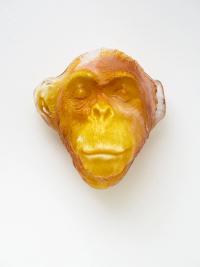
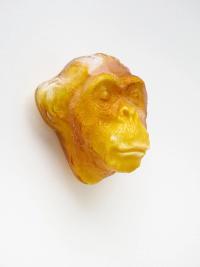
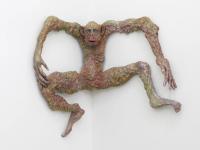
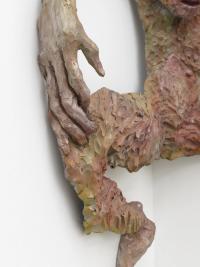

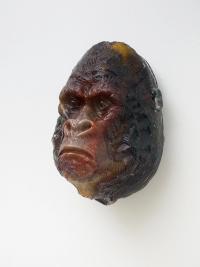

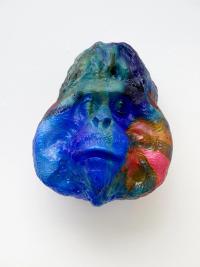
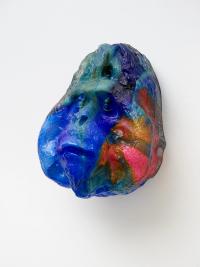
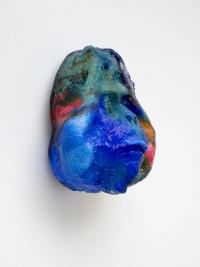
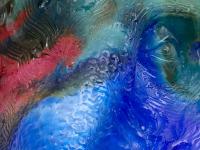
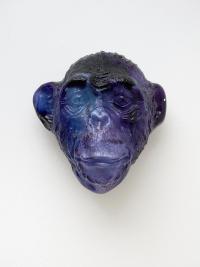
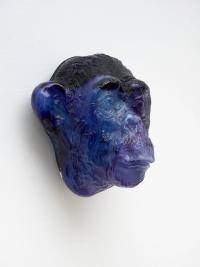
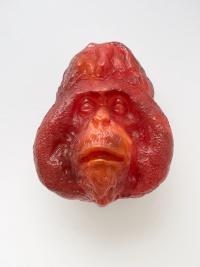

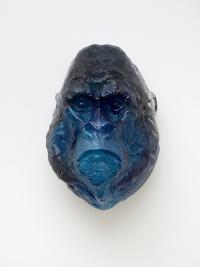
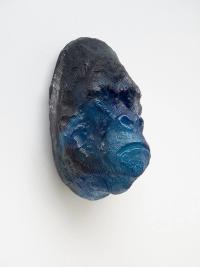
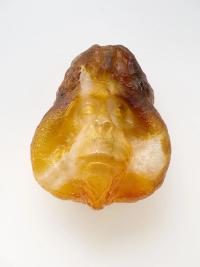
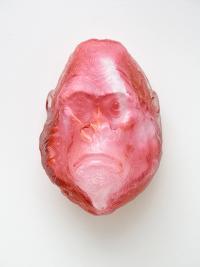
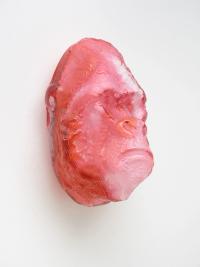
Installation Views
Press Release
"Taylor - Doctor, I’d like to kiss you goodbye. Ziah - All right, but you’re so damned ugly." Planet of the apes, 1968
Nutshells containing portraits of parents carved into wood. A giant hairless head with closed eyes, a monumental plaster enlargement of the imprint of a friend's fully shaven head. A homo erectus figurine, modelled in clay, then cast in resin, and finally painted with all the attention of a model maker, posed next to a hairy coconut, resulting in an embarrassing excess of naturalism.
Rigorous reproduction techniques, scientific austerity, analogies between the natural materials and artefacts: these works of art designed during Jean-Marie Appriou’s years of study lay bear a fascination for the effects of naturalism and the ability of moulding to bear witness to filiation.
In L'Image-Matrice, Georges Didi-Huberman explains how the notion of imago prevails in the first-century Roman historian Pliny the Elder over any aesthetic definition of art, as defended by Vasari during the Renaissance. Imago is the Roman notion involving a duplication by imprint, the matrix image being produced by means of direct contact of the plaster on the face of a dead person, whose wax death masks will be used to decorate the atrium of the house. For Pliny, images therefore only have their place in society insofar as they establish a genealogy, legally attesting to a likeness.
This concern for likeness and genealogy may seem far removed from the fantastic genre that has characterised the works of Jean-Marie Appriou in recent years. However, these works almost always constitute an image reproduced in aluminium, bronze or glass of a clay object that is hidden from our view. The sad reality of the workshop is that the fabulous animals waiting to be cast are held together with skewers and the titans of Greek myths sometimes lose an ear during the night. It is precisely this substitution of the real object, which turns out to be an assembly of disparate elements held together as best they can, by its image from a realistic reproduction process that allows the fiction, and thus the marvelous, to take hold. It casts doubt as to whether the marvelous belongs to the realms of fiction or whether we have to admit the possibility of the marvelous in reality. Of course, a form of melancholy can be found in every expression of the fantastic. In the works of Appriou, it manifests itself in the hypothesis of the existence of a place where the hierarchies imposed by the laws of gravity are dismantled, like the aquatic environment that shaped our pre-natal existence.
The ape sculptures that make up the last works of Jean-Marie Appriou seem to be free of this nostalgia for water. A new theory of evolution suggests that certain apes managed to achieve bipedalism thanks to the time they spent in rivers collecting food floating on the surface. In the open air, the ape’s physiognomy would have made it impossible for them to tilt their pelvis as it would have been too painful. The laws of gravity, origin of all suffering, seem to be tolerable only after a long stay in the water.
Note that none of these apes have made the tilt that would allow us to consider them our distant relatives. However, just as in David Attenborough’s animal documentaries, where the slightest expression of an animal is personified to the extreme, we appear incapable of observing an ape without projecting our own family tree onto it. This effect of naturalism, which is already evident in Appriou’s older work, is also characteristic of his recent sculptures including that of a little monkey (known as Pascal by his assistants) resembling a child engrossed in a cartoon, or that of a chimpanzee with his arms outstretched like a boxer on the ropes. The patina applied to these aluminium prints accentuates their rough appearance, revealing the traces left in the clay by the modelling tools and fingerprints, attesting to the genealogy of the artistic gesture like a legal document. A series of masks of great apes in blown glass show coloured masses through transparency, seeming to represent a psychic life. Each mask is entitled with a nickname linking it to its colour, simultaneously confirming and denying the irreducible authenticity of a human character.
Appriou emphatically describes The Planet of the apes (Franklin J. Schaffner, 1968) as a major influence on all of his work. It is the motif of the mask, rather than the storyline or the variations of science fiction, that seems to shed the most light on his obsessions. When re-watching extracts of the film on YouTube, you can’t help being struck by the fascinating grotesqueness of these inexpressive faces. However, these latex prostheses, these perverted imagos, cannot be separated from the obsession with resemblance and personification that the film pushes to its paroxysm. Far from reducing Appriou’s latest works to the expression of an original motif, this self-proclaimed filiation clearly shows his latent desire to conceptualise work as a monkey game.
- François Lancien-Guilberteau
The exhibition is supported by Neustart Kultur and Stiftung Kunstfonds.





















